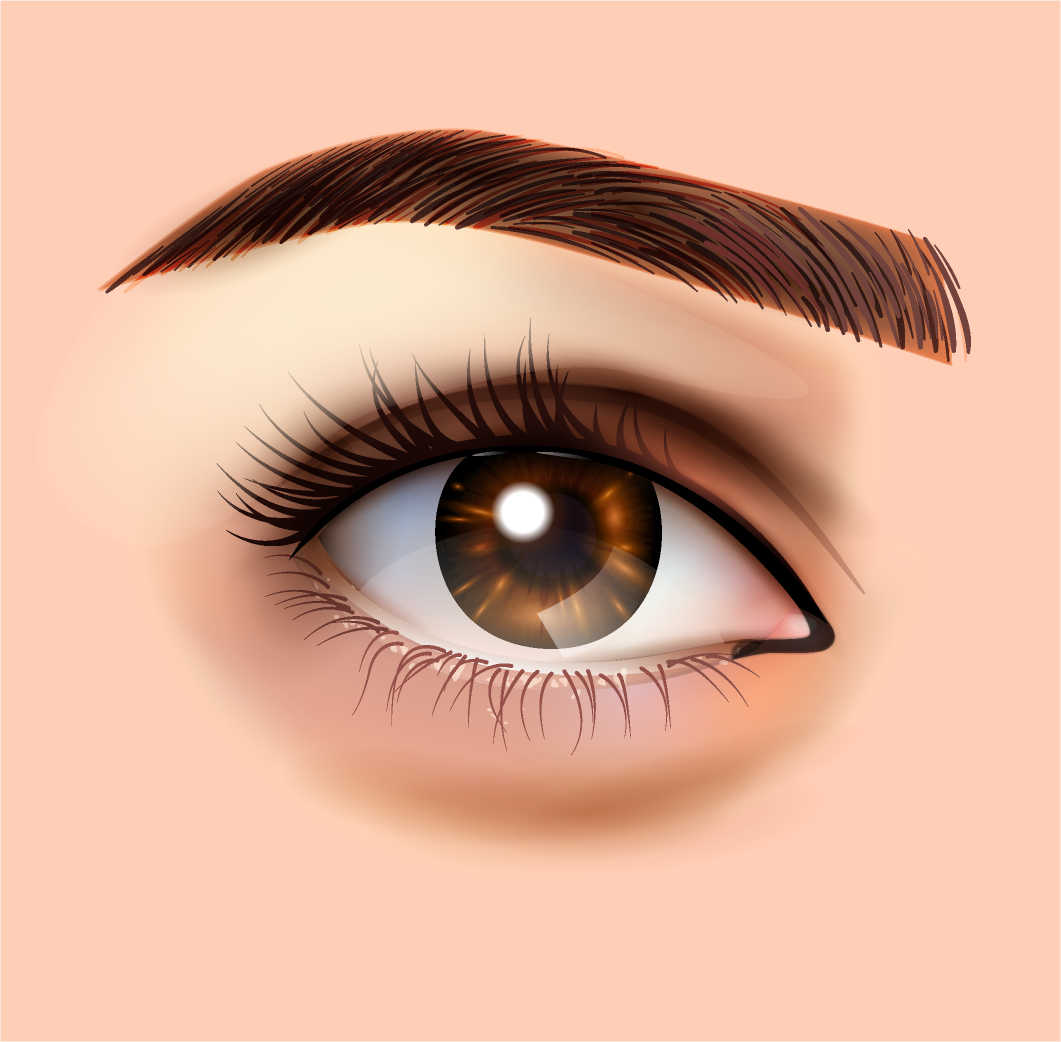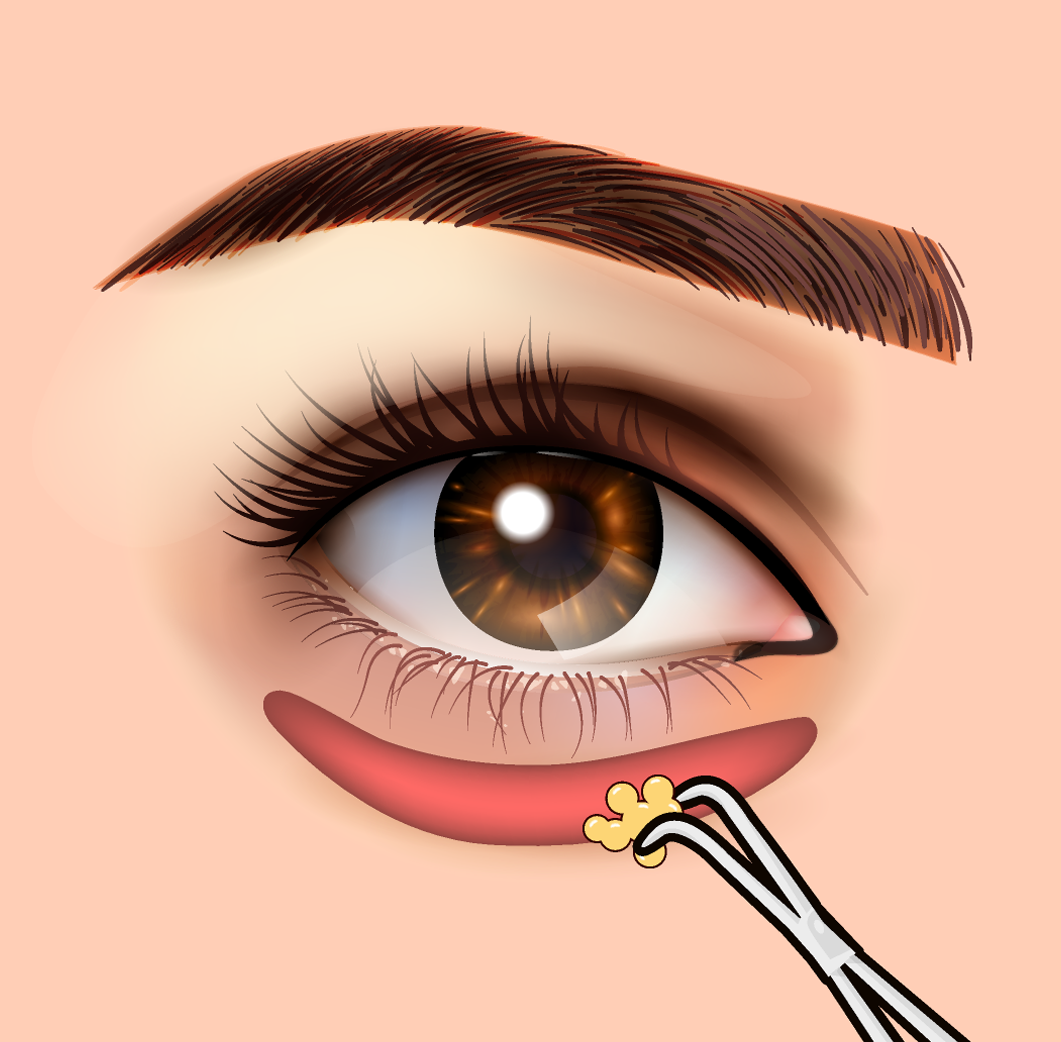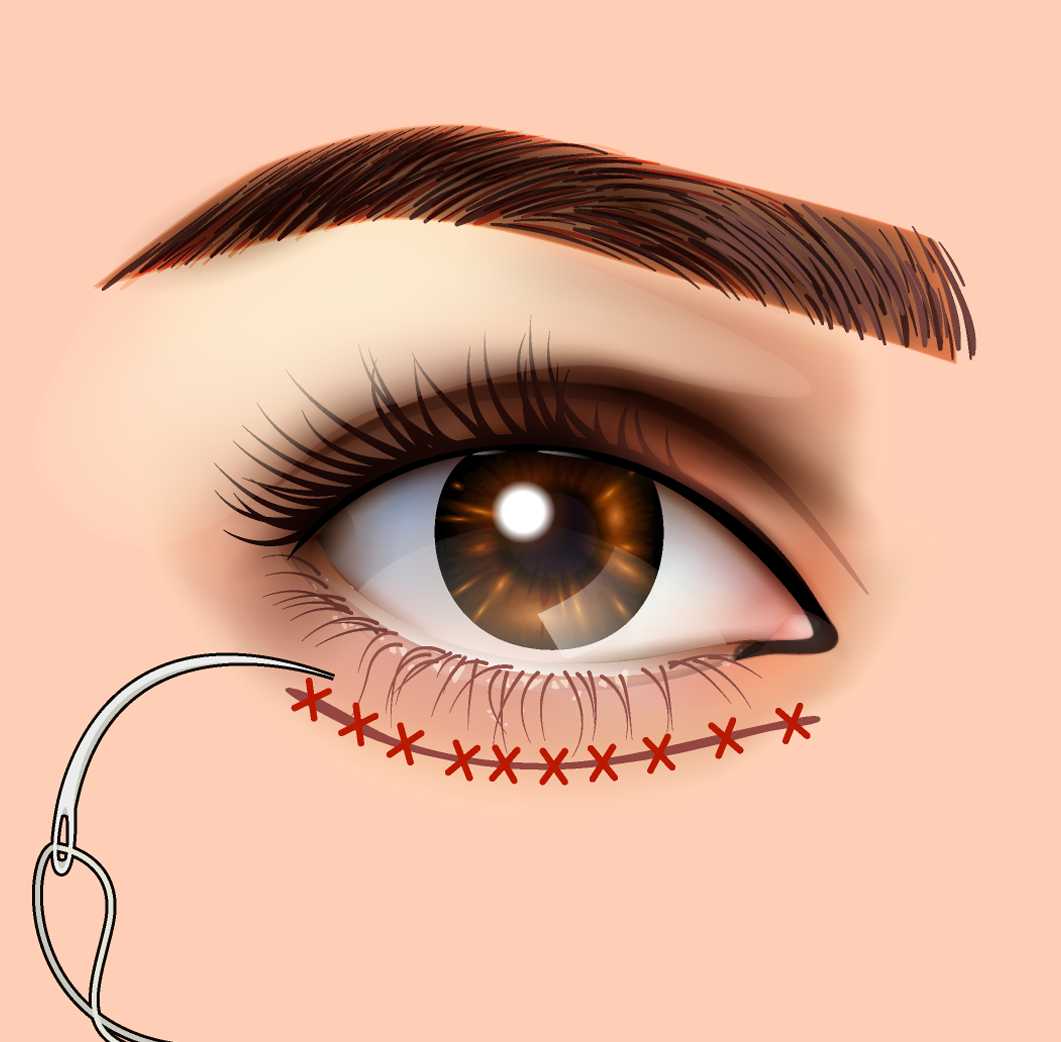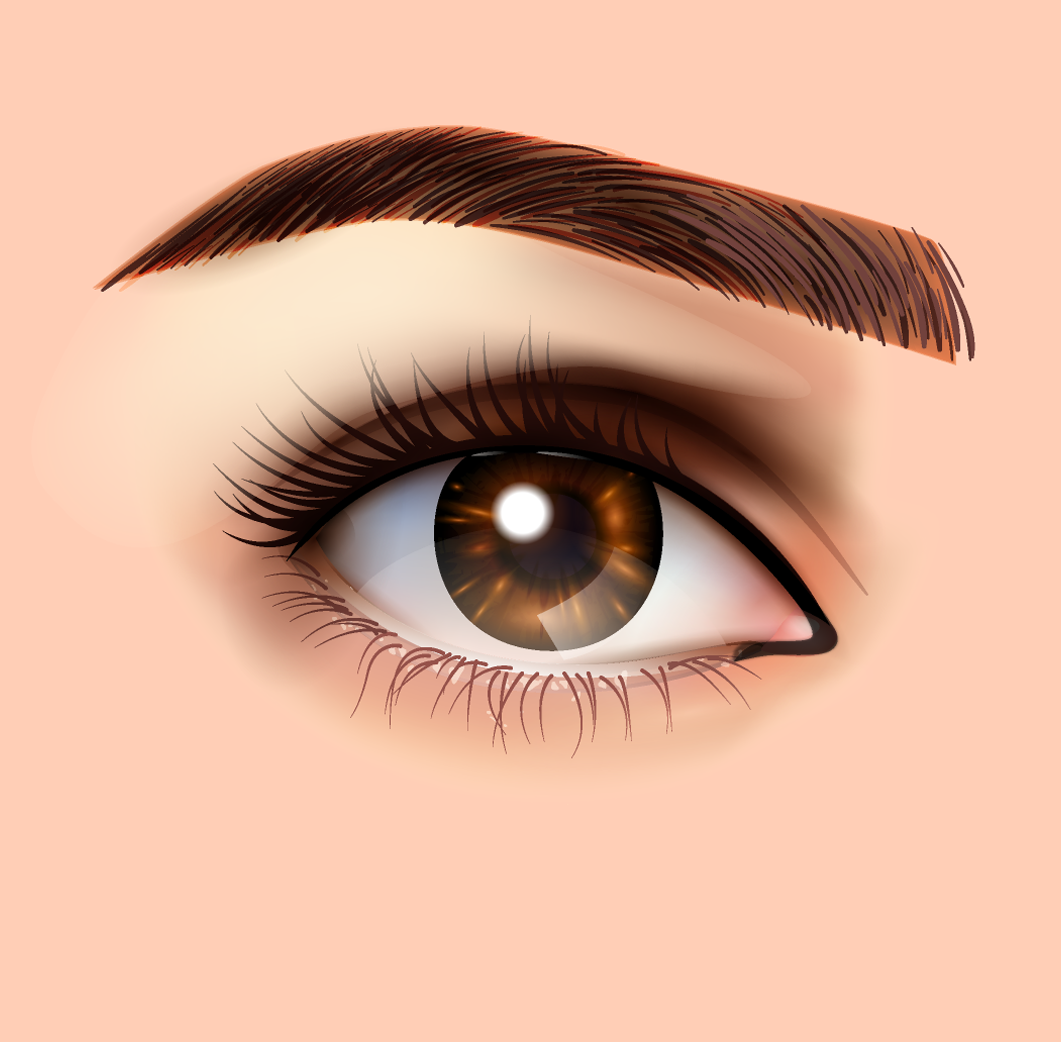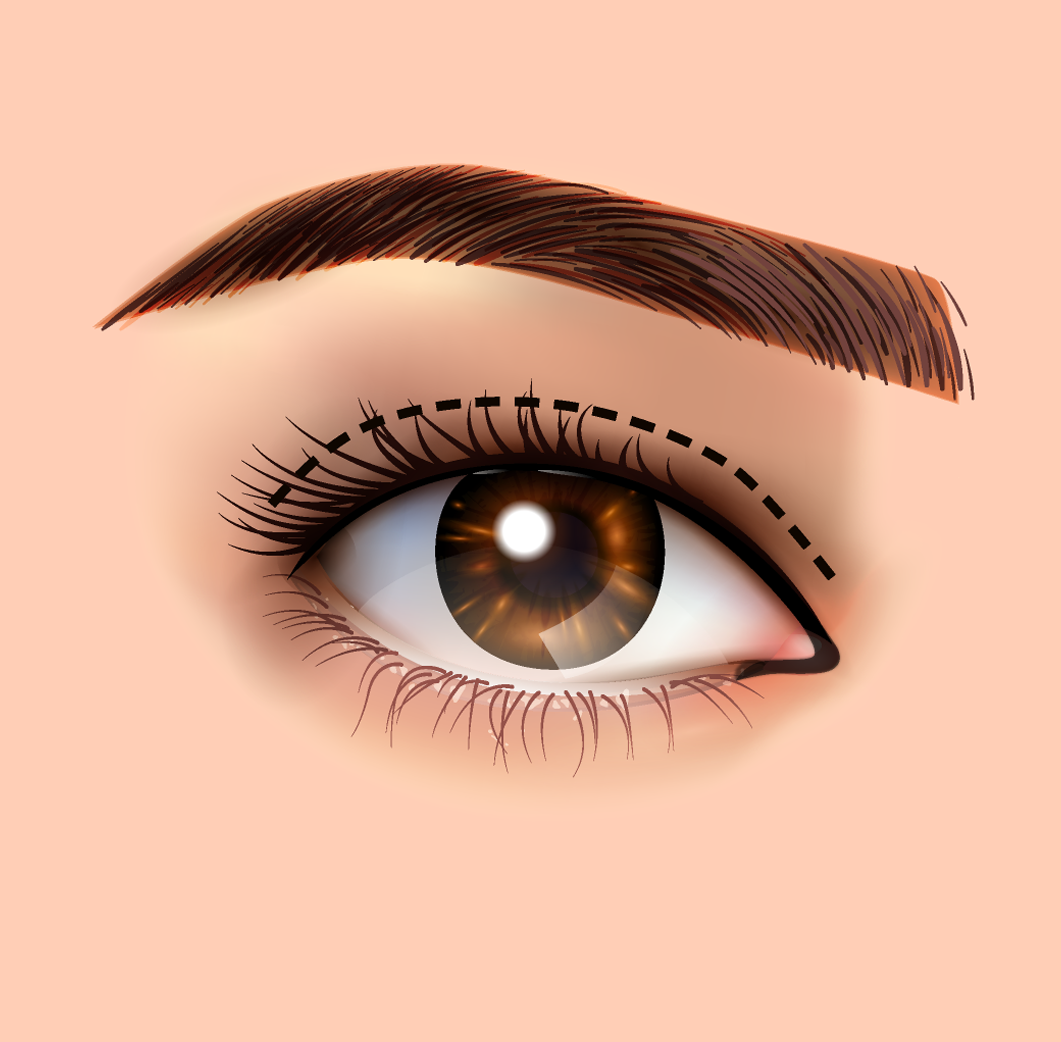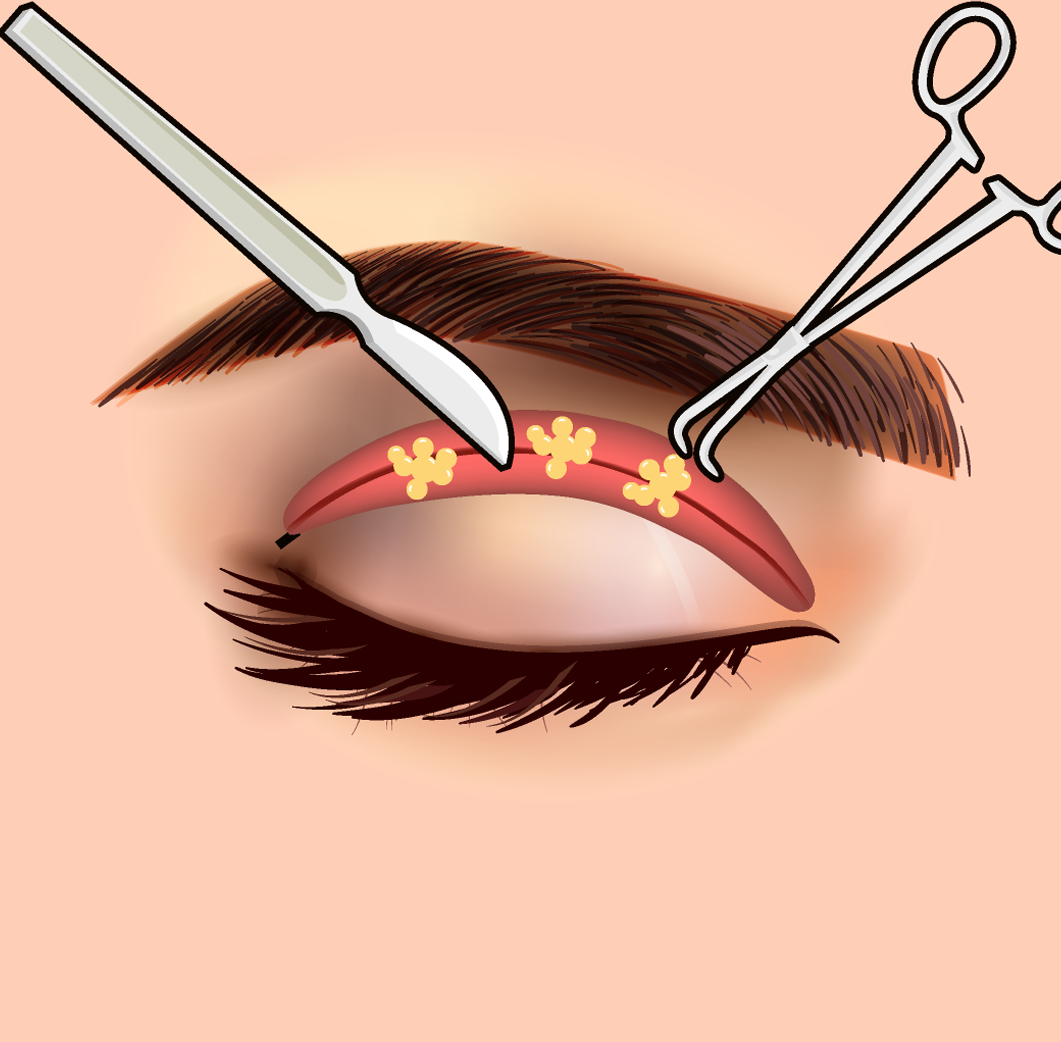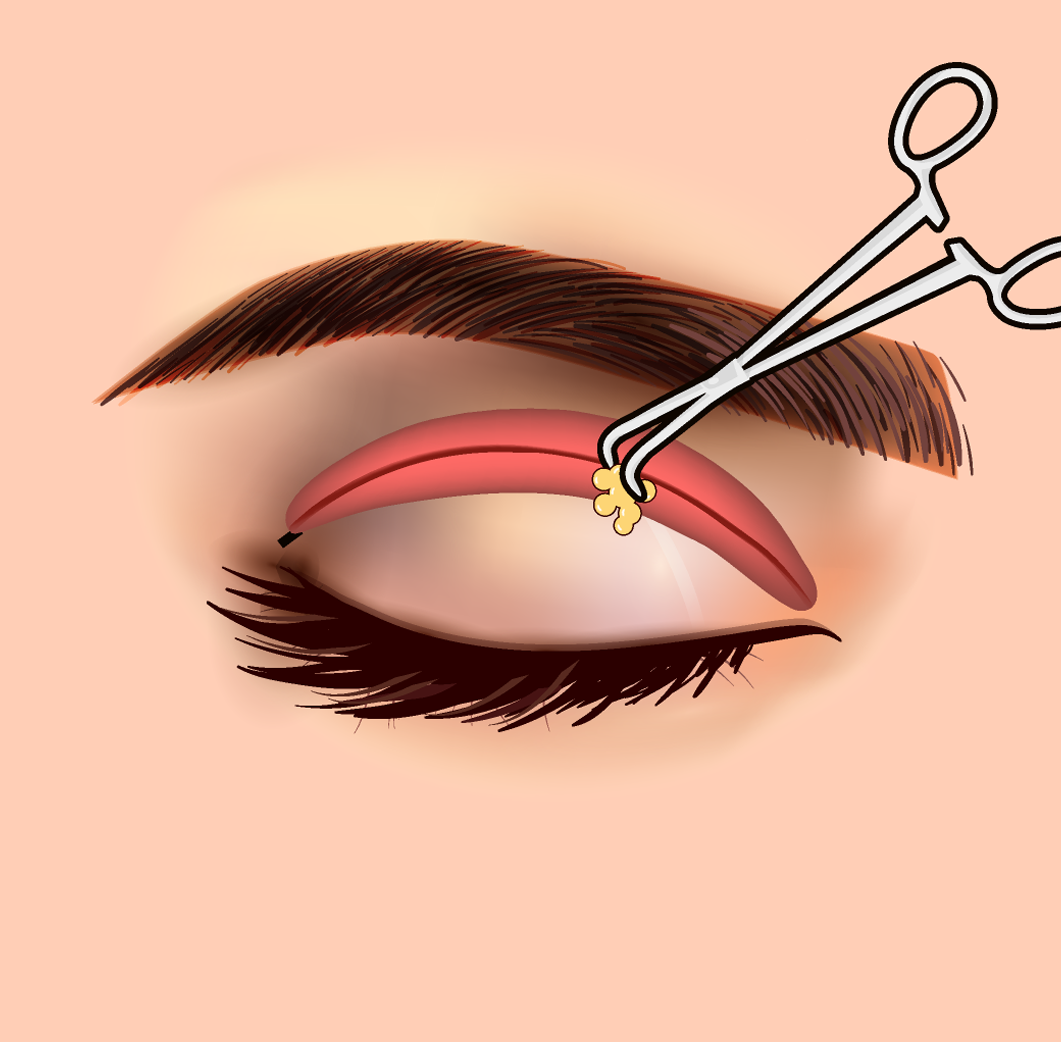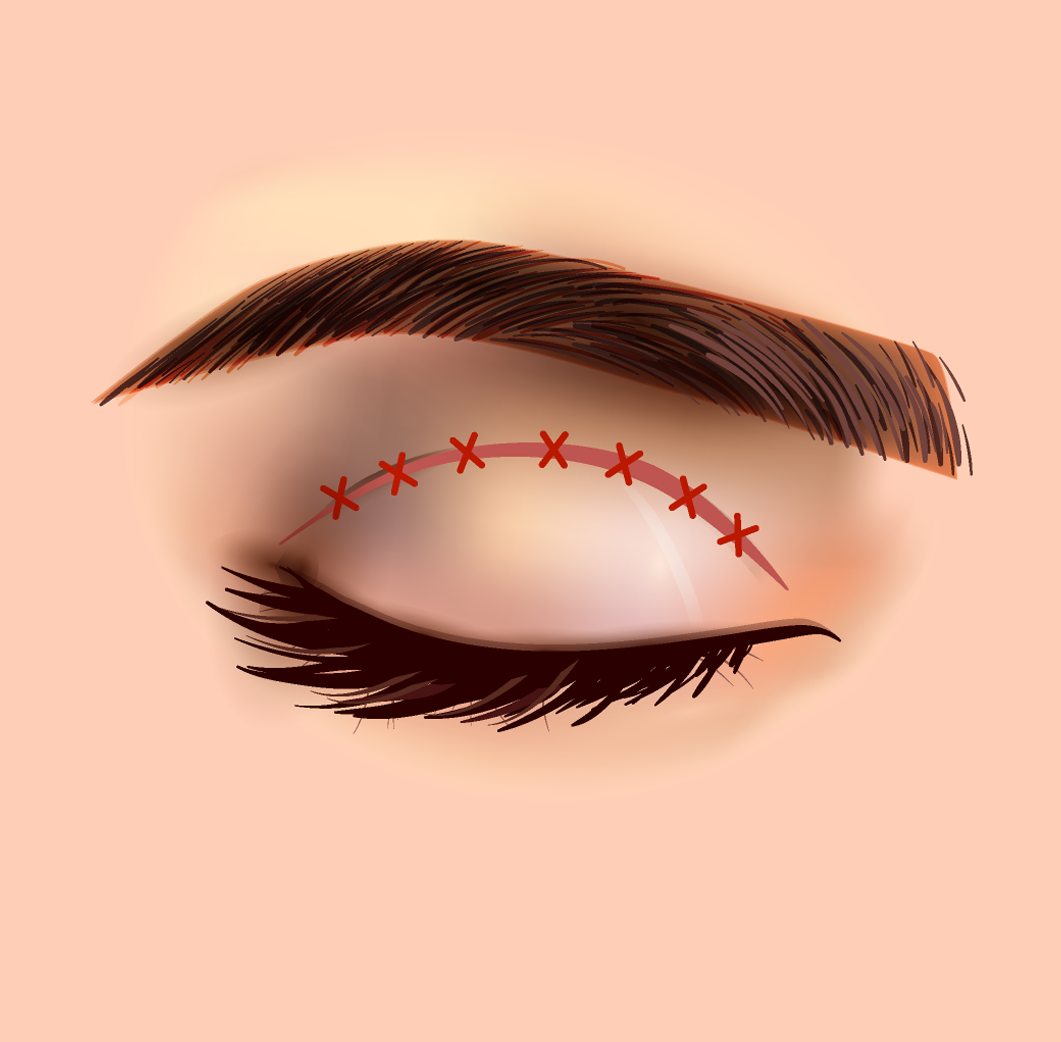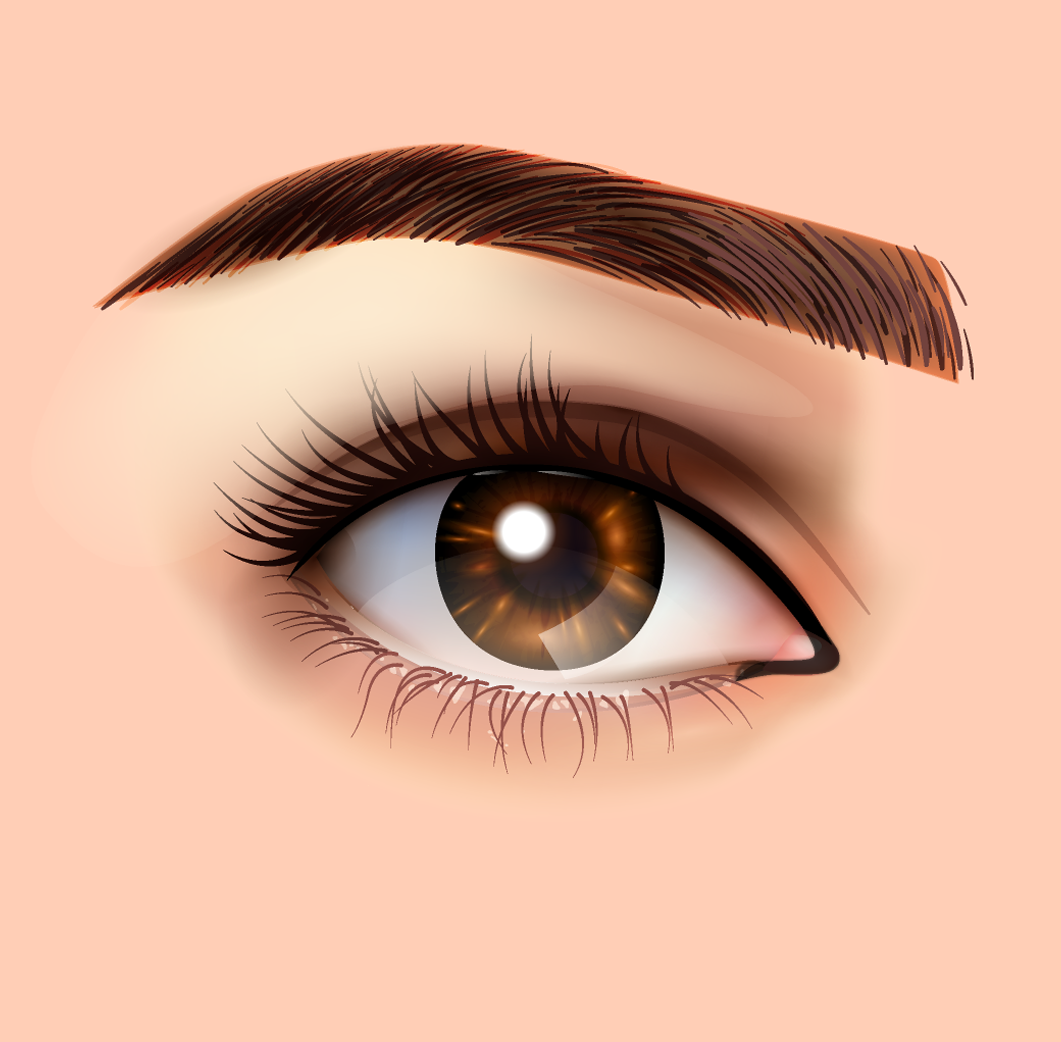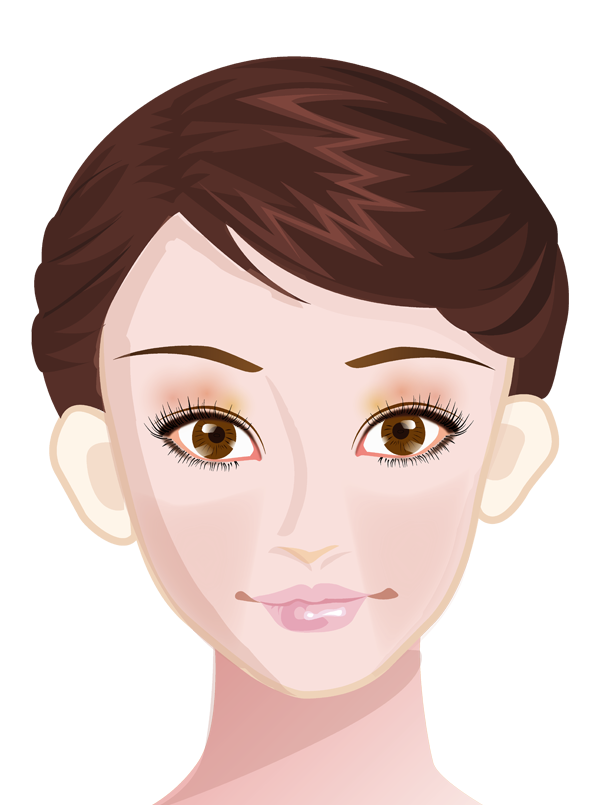
Blepharoplasty
Eyelid surgery, or blepharoplasty, is a surgical procedure to improve the appearance of the eyelids.
Surgery can be performed on the upper lids, lower lids or both.
Whether you want to improve your appearance or are experiencing functional problems with your eyelids, eyelid surgery can rejuvenate the area surrounding your eyes.
What eyelid surgery can treat
- Loose or sagging skin that creates folds or disturbs the natural contour of the upper eyelid, sometimes impairing vision
- Fatty deposits that appear as puffiness in the eyelids
- Bags under the eyes
- Drooping lower eyelids that reveal white below the iris
- Excess skin and fine wrinkles of the lower eyelid
Who is a good candidate for Blepharoplasty?
Good candidates for eyelid surgery include:
- Healthy individuals with no medical conditions that can impair healing
- Nonsmokers
- Individuals with a positive outlook and realistic goals
- Individuals without serious eye conditions
Remember that the eyelids are part of the face. The appearance of a drooping upper lid may also be due to relaxation of the forehead skin and eyebrow. Sometimes stretching out of the upper eyelid muscle may cause a drooping eyelid. This is called eyelid ptosis and requires a different surgical treatment.
Your plastic surgeon will evaluate your facial anatomy thoroughly and will discuss what procedures might best remedy your concerns.
Are there any alternatives to a blepharoplasty?
Your surgeon may be able to assess you for laser skin resurfacing, where a laser is used to gently burn the surface of your skin in a controlled way.
Injecting Botox can smooth out fine wrinkles.
What does the operation involve?
An upper-eyelid blepharoplasty is usually performed under a local anaesthetic that is injected in your eyelids. A lower-eyelid blepharoplasty is performed under a general anaesthetic or sedation.
The operation usually takes an hour to 90 minutes.
- Upper-eyelid blepharoplasty – Your surgeon will make a cut on the natural skin crease just above your eyelid. They will remove any excess skin and fat that is pushing through the muscle.
- Lower-eyelid blepharoplasty – Your surgeon will make a cut along the rim of your eyelid below your eyelashes to just beyond the outside edge of your eye. They will remove any excess skin, and remove or redistribute any fat that is pushing through the muscle. Your surgeon may tighten your eyelid to help to prevent it from sagging (canthopexy).

